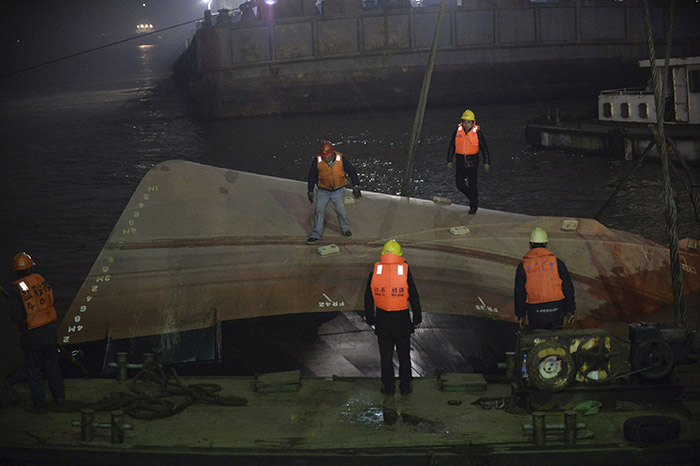Tugboat designers worry about stability risks as power increases
Naval architect Robert G. Allan called the January 2015 sinking of the 98’, 368 GT tugboat Wan Shenzhou 67, killing 22, “certainly the worst accident in modern tug history.”
The disaster on China’s Yangtze River was also a warning of risks that tug crews may unknowingly face, as their next generation vessels ramp up in horsepower, maneuverability and bollard pull, Allan said at the International Tug, Salvage and OSV Convention in Boston last week.
Harbor tugs designed by Allan’s firm Robert Allan Ltd., Vancouver, British Columbia, are leading industry standards worldwide, so his team sees where trends are clearly leading. In the mid-1990s, bollard pull of 50 tons was considered adequate, but today 80 tons is becoming common, and propulsion horsepower has typically doubled in that 20-year timeframe, Allan said.
“The ships are bigger, the tugs are bigger, ship handling is much faster,” Allan said. Pilots’ expectations of ship assist performance have changed upward too, he said.
But there are risks to putting more power under the hands of tug masters as industry demands increase. Hull-generated hydrodynamic forces are not easy to calculate, Allan pointed out. It is possible for newer tugs in some situations, like running astern at full speed, to submarine their aft deck, or take water over the rail in tight turns – apparently the type of maneuver that triggered the Wan Shenzhou 67 capsizing, according to Chinese authorities.
Allan’s paper presented at the Boston conference enlarged upon work he and his colleagues presented a year ago in RAindrops, the Robert Allan firm’s newsletter, this one focusing on tug safety.
“It’s impossible to develop a completely foolproof design,” Allan said. With technology changes outstripping the pace of regulation, Allan presented safety-by-design as a moral imperative for designers, “regardless of the rules…we as naval architects must clearly define the boundaries of safe operation.”





